If your laptop or server could celebrate a birthday, it might be blowing out more candles than you think.
In the world of technology, age isn’t just a number—it’s a multiplier. What we call a “3-year-old machine” might function, sure. But function is a far cry from performance. That same device is sprinting to keep up with modern software demands, patching increasingly complex vulnerabilities, and groaning under the weight of new business tools designed for newer systems.
Welcome to the world of aging tech infrastructure—where time speeds up, performance slows down, and business risk quietly accumulates.
What “Tech Years” Really Mean
The idea that technology ages faster than we perceive isn’t just a clever metaphor. It’s rooted in reality.
Just like dog years compress time, tech years compress usability. Here’s why:
- Rapid innovation cycles: What’s “latest-gen” today is legacy in 24 months.
- Compounding software demands: Operating systems and apps now expect more CPU, RAM, and storage just to open your inbox.
- Security obsolescence: Devices lose patch support as vendors shift focus to newer versions.
- Component wear and tear: SSDs degrade. Batteries bloat. Fans fail. Ports loosen.
What we call a 5-year-old device is, in practical terms, operating at a fraction of its original value—and far behind modern standards.
According to Gartner, over 60% of unplanned IT downtime is directly linked to aging infrastructure.
Hidden Signs That Your Devices Are Entering Retirement
Unlike people, aging tech doesn’t show wrinkles. But it does leave clues—often ignored until something fails.
Here’s what most teams experience when their devices start falling behind:
- “Just give it a minute…” Load times creep up. Software updates stall. Systems freeze temporarily.
- Device workarounds: Employees rely on personal devices to bridge the gap.
- Compatibility issues: New tools, platforms, or even browsers stop working on older machines.
- Support headaches: Your IT team spends more time fixing the same device than replacing it.
You may not be dealing with blue screens or power failures—yet. But underperformance adds up, often invisibly draining time and productivity.
The Cost of Keeping Old Tech Around
There’s a myth that holding onto devices longer saves money. But the truth is more nuanced—and costly.
When devices slow down, people work slower. And when systems fail, projects stall, deadlines slip, and trust erodes. The actual costs include:
- Lost productivity: If each employee wastes 10 minutes a day on lag, that’s 43 hours a year—per person.
- Increased IT support: Older hardware requires more frequent repairs and attention.
- Greater security risk: Unsupported operating systems and unpatched software are prime targets for ransomware and phishing.
- Weakened team morale: Poor tools lead to frustration, burnout, and even turnover.
And as we approach the Windows 10 end-of-life in October 2025, older systems won’t just be slow—they’ll be dangerous.
Future-Proofing with a Lifespan Strategy
Rather than reacting to breakdowns, organizations should adopt a lifespan approach to infrastructure. This means treating technology like an investment with a known shelf life, rather than a sunk cost to be stretched until failure.
Here’s what that looks like in practice:
- Set timelines: Plan for 3–5 year refresh cycles, depending on device type and usage level.
- Budget proactively: Include IT infrastructure in annual budget planning—just like payroll or marketing.
- Track your stack: Keep a record of each machine’s purchase date, specs, and current performance.
- Phase replacements: Don’t wait for mass failure. Stagger upgrades to spread cost and minimize downtime.
- Go custom: Off-the-shelf solutions often age faster. Custom-built devices (like TrinWare systems) are optimized for specific use cases and have a longer effective lifespan.
This strategy doesn’t just avoid disruption—it fuels long-term productivity.
What About Security?
Aging infrastructure is one of the most overlooked vectors for cyberattacks.
As devices stop receiving vendor patches, they develop unfixable vulnerabilities. These are known entry points for ransomware, phishing kits, and malicious bots. And attackers know it—old systems are easy targets.
Paired with a proactive refresh cycle, your business should also integrate tools like:
- Endpoint Detection & Response (EDR)
- Multifactor Authentication (MFA)
- Regular vulnerability scanning
- Backup and recovery protocols
If you’re unsure where to begin, TrinFortress provides turnkey cybersecurity and infrastructure support for businesses of all sizes.
Final Thoughts: Don’t Let Aging Tech Sneak Up on You
Your systems may still be running—but are they running well?
Are they helping your team succeed, or quietly slowing them down?
Old tech doesn’t always crash dramatically. Sometimes, it just gradually makes your business harder to run. Like a loyal dog, your aging systems might still fetch—but they’re not chasing frisbees like they used to.
Make this the year you take control. Audit your infrastructure. Plan your upgrades. Build for what’s next—not for what used to work.
Ready for a Refresh?
At TrinWare, we help businesses transition from aging infrastructure to performance-driven custom solutions. Whether you’re facing the W10 deadline or just ready to work smarter, we’ll build a tech roadmap that matches your growth.
👉 Schedule a consultation
🔧 Explore custom-built hardware
🛡️ Explore Managed IT Solutions


